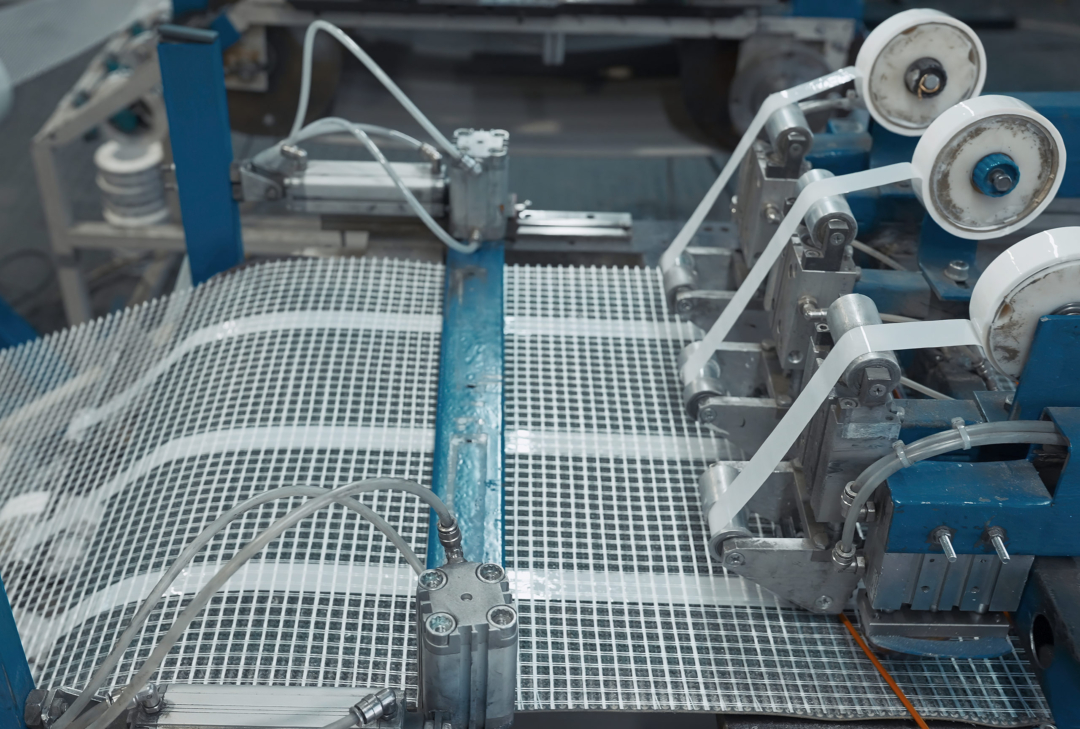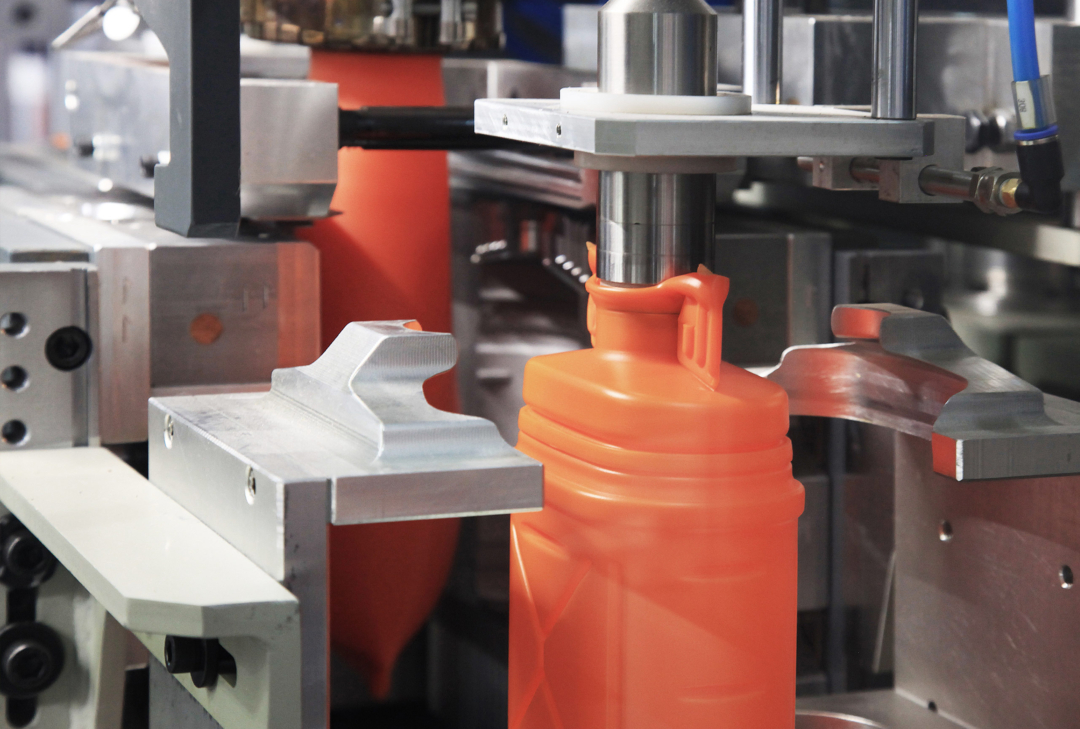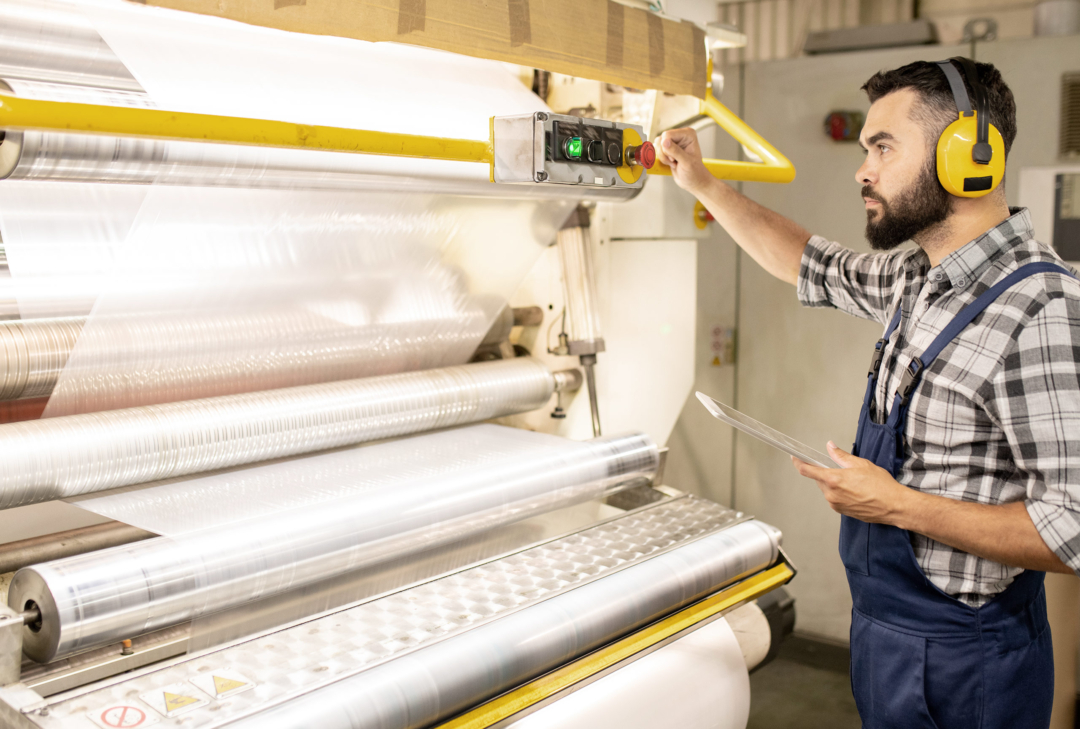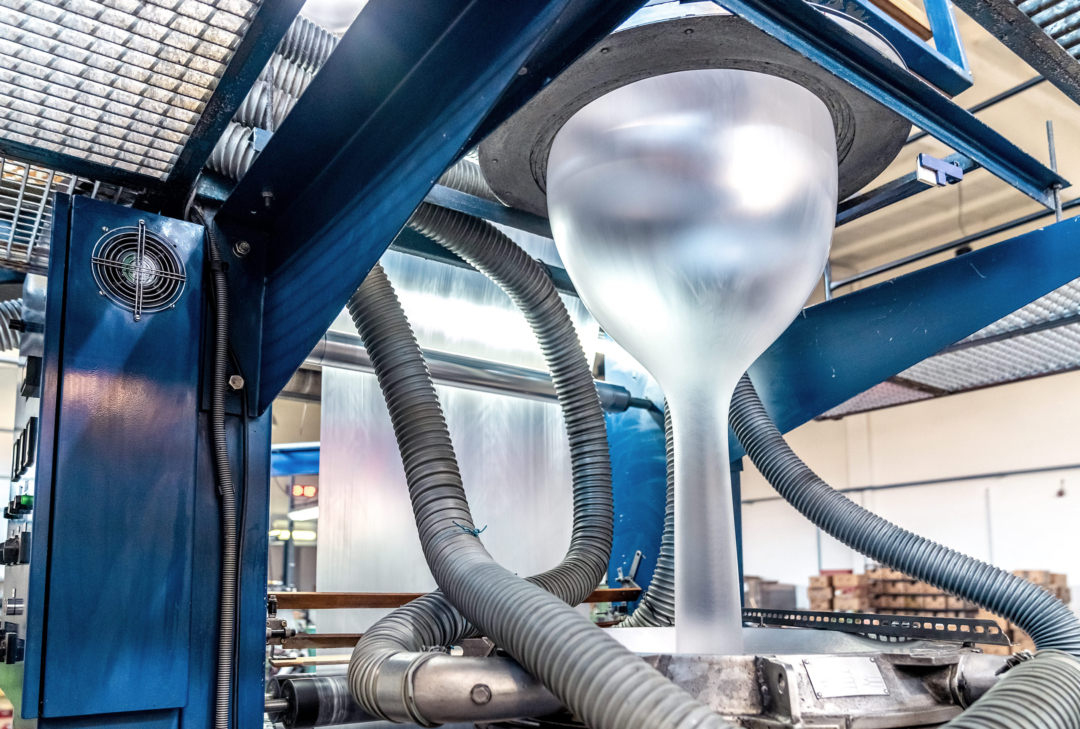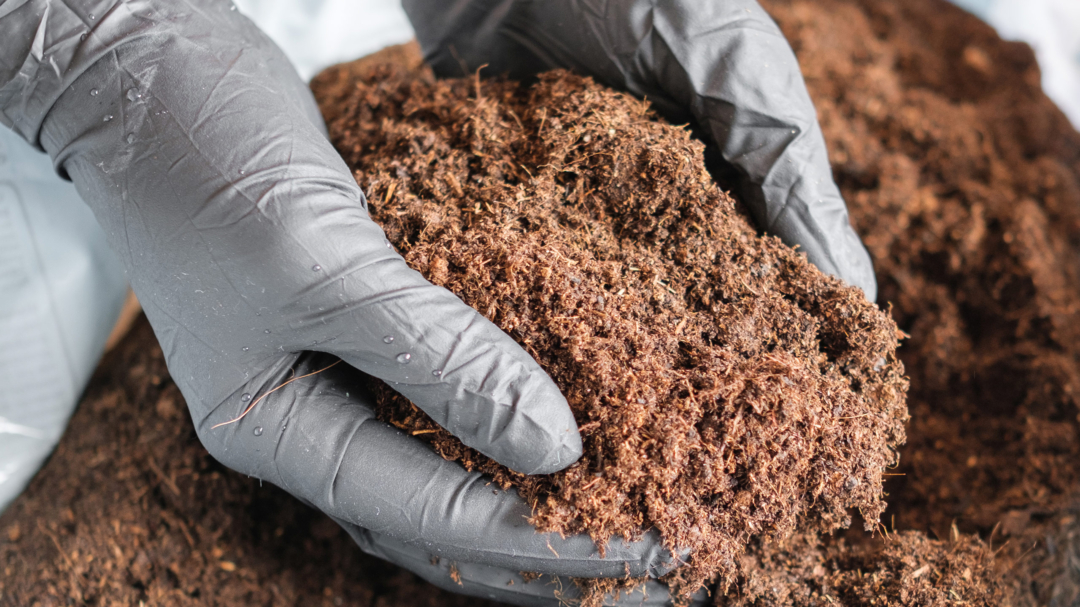Net Extrusion
- Home
- Archive by Category "Bioplastics"
- Page 4
Bioplastics
Net extrusion produces mesh or net structures by extruding molten polymers through a specialized die. These nets are widely used in agriculture, filtration, and packaging due to their lightweight yet strong construction. Bioplastics like PLA and PBAT are suitable for creating biodegradable nets for temporary applications such as erosion control and agricultural use. These materials ensure sustainability without compromising functionality.
Explore recommended bioplastics or consult our SME for expert guidance. Skyi FKuR offers customized, scalable solutions in bioplastic processing.
Nothing found.
Other Processing Technologies
Nothing found.
Extrusion Blow Moulding
- Home
- Archive by Category "Bioplastics"
- Page 4
Bioplastics
Extrusion blow molding (EBM) produces hollow plastic parts like bottles and tanks by extruding a polymer parison, which is inflated inside a mold. Polymers such as HDPE, PP, and PET are commonly used for their durability and versatility. Bioplastics, particularly bio-based PET and PE, are gaining traction in EBM for sustainable packaging solutions. These materials reduce dependence on fossil fuels while maintaining the performance needed for food, beverage, and personal care packaging.
Explore recommended bioplastics or consult our SME for expert guidance. Skyi FKuR offers customized, scalable solutions in bioplastic processing.
Nothing found.
Other Processing Technologies
Nothing found.
Lamination
- Home
- Archive by Category "Bioplastics"
- Page 4
Bioplastics
Lamination involves bonding multiple layers of materials to form a composite with enhanced mechanical, thermal, or barrier properties. It is widely used in packaging, automotive interiors, and protective coatings. Bioplastics such as PLA and bio-based adhesives are increasingly used in lamination for eco-friendly packaging and disposable products. These materials provide sustainable alternatives without compromising performance.
Explore recommended bioplastics or consult our SME for expert guidance. Skyi FKuR offers customized, scalable solutions in bioplastic processing.
Nothing found.
Other Processing Technologies
Nothing found.
Blown Film Extrusion
- Home
- Archive by Category "Bioplastics"
- Page 4
Bioplastics
Blown film extrusion is a continuous process for producing thin polymer films by extruding molten polymer through an annular die and inflating it with air to form a tubular bubble. This method is widely used for packaging materials, agricultural films, and industrial liners, utilizing polymers like LDPE, HDPE, and PP for their strength and flexibility.
Bioplastics, such as PLA and starch-based polymers, are increasingly used in blown film extrusion for applications like biodegradable single-use packaging and agricultural mulch films. These materials align with environmental regulations and consumer demand for sustainable solutions.
Explore recommended bioplastics or consult our SME for expert guidance. Skyi FKuR offers customized, scalable solutions in bioplastic processing.
Nothing found.
Other Processing Technologies
Nothing found.
Products
- Home
- Archive by Category "Bioplastics"
- Page 4
Biodegradable. Compostable. Biobased.
Composting is a specific form of biodegradation in which plastics break down under controlled conditions, converting into biomass, carbon dioxide, and water within a defined timeframe. Special grades of our bioplastics are certified compostable, meaning they decompose efficiently and integrate back into the natural carbon cycle without leaving harmful residues. Beyond compostability, bioplastics also include bio-based and biodegradable materials, each offering unique environmental benefits and applications.
Compostable bioplastics decompose into natural elements under optimal heat, humidity, and microbial conditions.
Compostable bioplastics decompose into water, carbon dioxide, and biomass when exposed to the right combination of heat, humidity, and microbial activity. Standards such as EN 13432 and ASTM D6400 define the conditions under which these materials fully break down within industrial composting facilities.
Integrating compostable bioplastics into waste systems to reduce landfill dependency and improve sustainability.
Compostable bioplastics integrate well with organic waste systems, reducing landfill dependency. As adoption grows, clearer labeling and improved waste management practices can enhance their effectiveness. Encouraging proper disposal ensures these materials fulfill their sustainability potential.
The contribution of compostable bioplastics to a circular economy and reduction of plastic pollution.
Compostable bioplastics provide an eco-friendly alternative to traditional plastics. Their benefits are maximized with proper waste management, industrial composting facilities, and consumer awareness. As infrastructure develops, these materials can significantly contribute to reducing plastic pollution and supporting a more circular economy.
Bio-Flex® — Compostable Bioplastics for Flexible Packaging
Bio-based and certified compostable resins made from renewable materials, ideal for flexible films, agricultural products, household items, and injection-molded or thermoformed applications.
Terralene® — Renewable and Recyclable Bio-PE Compounds
Sustainable polyethylene compounds derived from renewable resources, designed for injection molding, blow molding, and film extrusion, with fully recyclable and natural fiber-reinforced options.
Nature’s Strength — Engineered
Skyi and FKuR’s Bio-Flex® delivers strong, flexible, and compostable bioplastics from renewable resources, supporting sustainable manufacturing without compromising quality.
